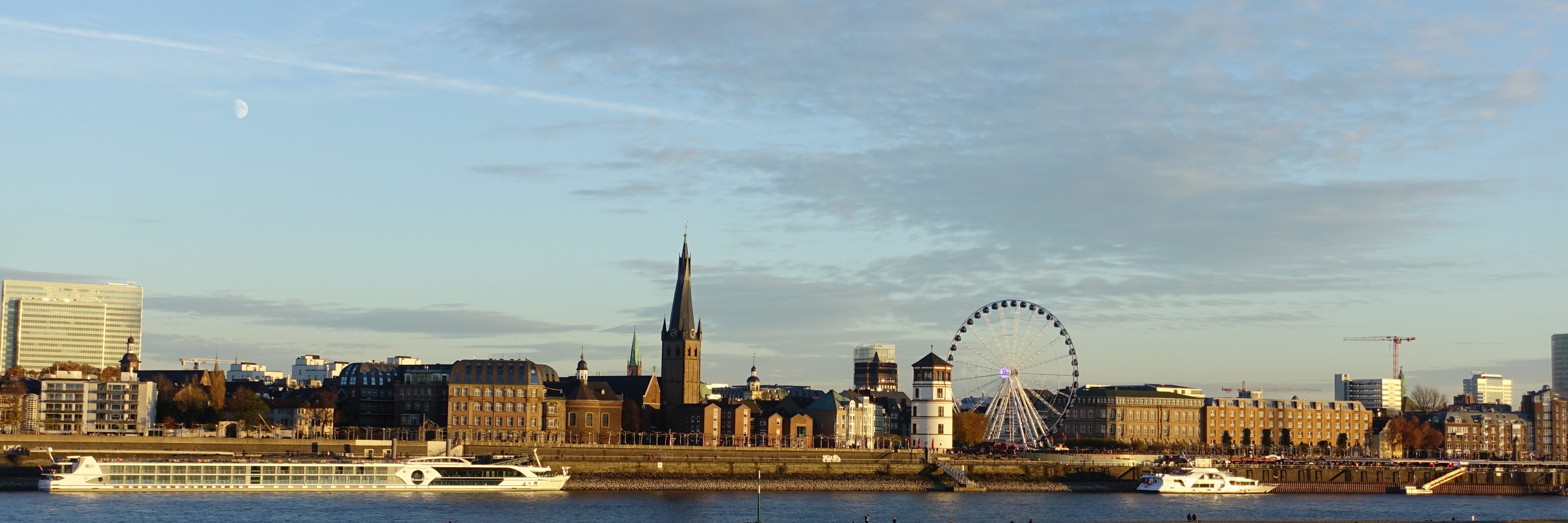If there's one thing German architects, engineers and designers love to do, it's take abandoned industrial sites and convert them to "civilian" use without destroying their original utilitarian design. In the fields southwest of the German town of Neuss there once stood the Hombroich Missile Base, a NATO base where Pershing and other missiles were stored. The base was decommissioned in 1993/94, and a local collector named Karl-Heinrich Müller decided to buy the land it was located on, as well as some adjoining territory, and begin building a refuge for artists, writers, and scientists in which low-lying minimalist buildings would complement the rolling pastureland. The first result of this ambitious project was the Hombroich Museum Island, a sort of outdoor museum in which the art is displayed in unobtrusive red-brick buildings set in a gently-landscaped wetland.
Another result is the Missile Base (Raketenstation in German), a collection of odd-looking buildings which sort of emerges unexpectedly from the rolling pastureland (since all the barbed-wire fences surrounding the original missile base were removed). Some of the structures, such as the watchtower, and hangars, have been left in their original locations. Others have been modifed into residences for visiting artists and scientists. Large earthen dams break lines of sight and create tiny out-of-the-way alcoves, like the "one-man house" guesthouse for visiting artists.
Entirely new buildings and sculptures are being planned and built, so the place changes each time you visit it. In 2004, the Langen Foundation building, designed by Japanese minimalist Tadao Ando, was opened. This angular masterpiece refers wittily back to the missile base's original use: the walls are undecorated concrete, and you enter the museum by opening a heavy gray "blast-door" and descending two flights of steps to an underground "bunker." The main part of the museum is sunk about 15 feet into the earth, and consist of two large rectangular galleries set at right-angles to each other.
However, the museum itself is anything but gloomy; light streams in through through large expanses of clear glass. The entrance conducts visitors through an entrance arch, and along an enormous reflecting pool that surrounds half of the main building, which looks like a shimmering clear-glass box. Compared to the building, the artwork on display is pretty modest. The heart of the museum's collection is the bequest of the Langen family, and consists of 20th-century painting (Kenneth Noland, Laszlo Moholy-Nagy, Andy Warhol, Max Ernst), and Chinese and Japanese scroll painting. The current exhibition, Divine Images in East Asia, features about 30 small-scale representations of Jain Tirthankaras, Hindu deities, Buddha, and some Bodhisattvas.
The slideshow has are a few pictures of the museum building, the missile base, and the surrounding landscape, which is dominated by the rather attractive Erft Canal (g). Enjoy!
http://picasaweb.google.com/s/c/bin/slideshow.swf
